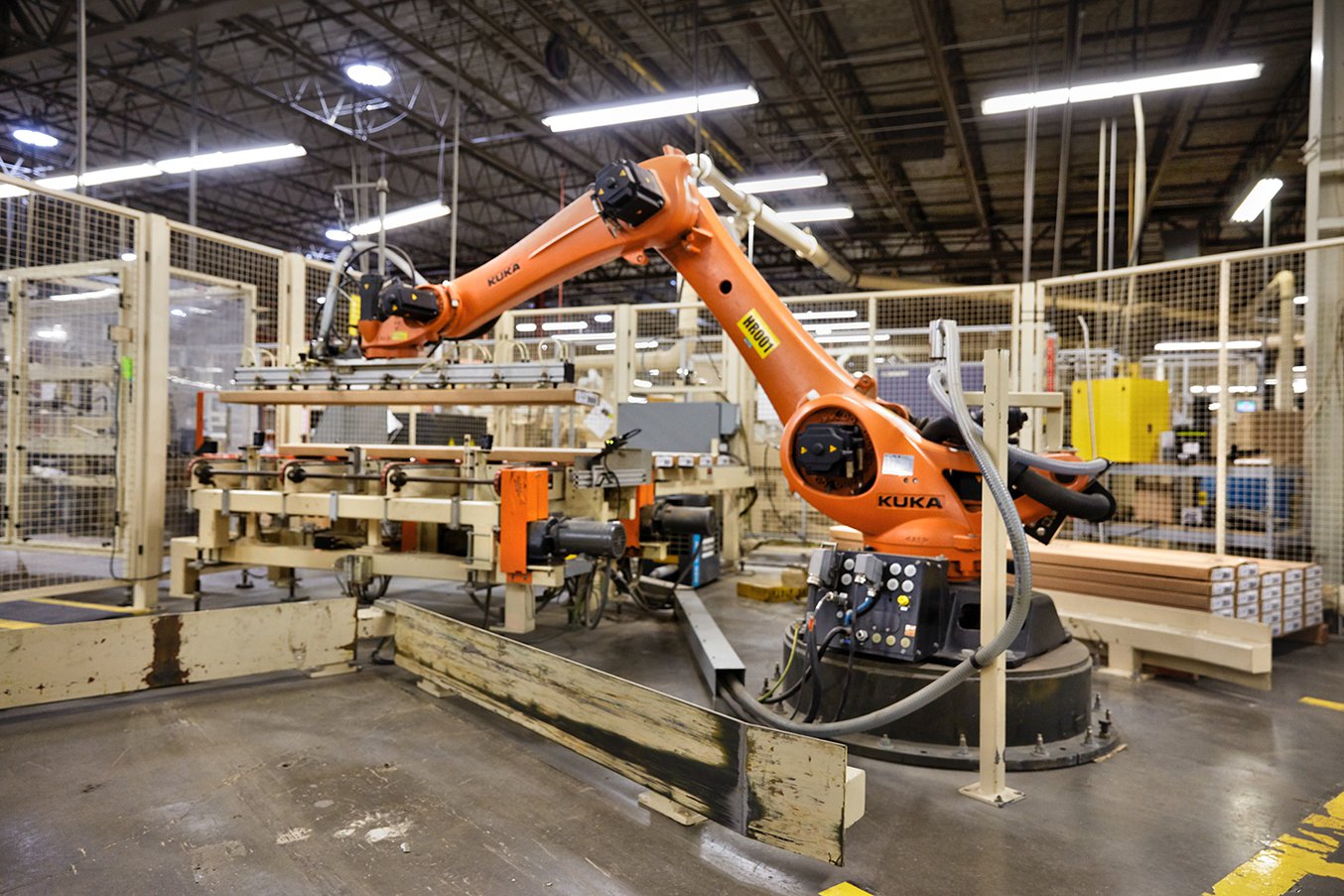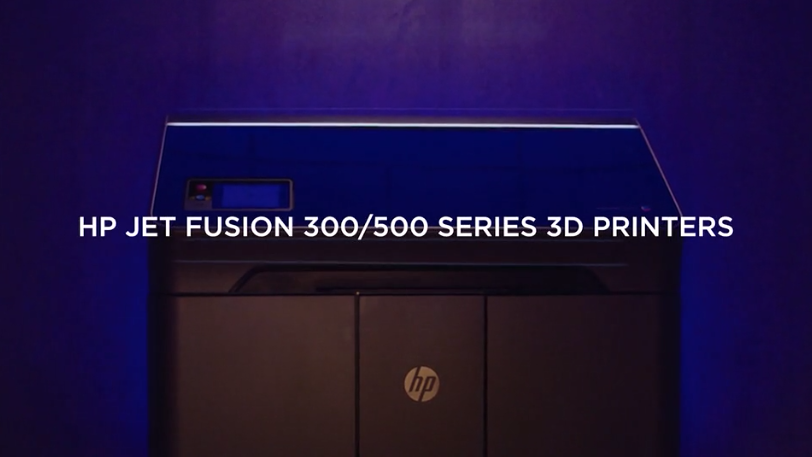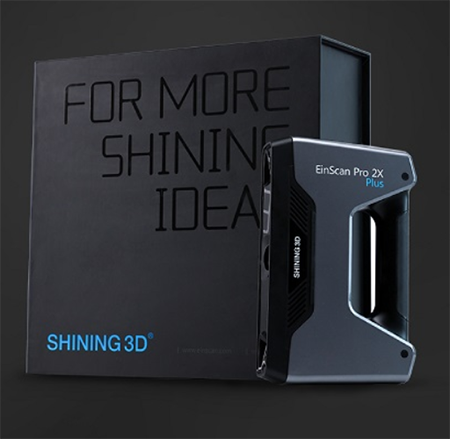Cimquest is Growing
Please help Cimquest in welcoming our two newest employees Anna Acquaviva and Jake Manganiello. Anna and Jake will be Subscription Service Associates. They will be responsible for customer engagement and subscription retention strategies which will play a critical role in the future growth of Cimquest. Anna Acquaviva lives in Bridgewater, NJ. She's the only one in her immediate family born in the US and she actually learned to speak Italian before learning English. Anna came to Cimquest from a NJ-based business news journal called NJBIZ, where she was the events and marketing director. Jake Manganiello is a recent college grad of Rowan University. He studied at the Rohrer Business school, majoring in business marketing and economics. Jake worked at TD Bank for a number of years, as well as a small marketing firm in Jersey City. Jake grew up in the small town of Mountainside, NJ in a family of seven.
3D Printing Helps the World’s Largest Furniture Manufacturer
In the face of decades of shifting markets, endless new technologies, and unprecedented labor shortages, Ashley Furniture has only continued to grow. In 2005, they became the largest furniture manufacturer in the world, a title they still hold today. The company followed the arch most American businesses of its era dreamed of. Its first manufacturing facility opened in Arcadia, Wisconsin in 1970 with 35 employees, since blossoming into a global company with 900+ stores around the world. Ashley's factories produce more than 300,000 pieces of furniture a week, amounting to about 26 million a year. A careful look around Ashley’s Arcadia facilities reveals the recipe for their success, and it is a recipe. Like most modern manufacturers you’ll find a variety of robots, but the company hasn’t found—and aren’t looking for—silver-bullet solutions. Rather, they focus on a model of continuous improvement. It’s the cumulation of these improvements, and a culture that encourages them, that’s fueled their growth and unbroken grip on the #1 ranking. 3D printing, for example, has slowly trickled onto the factory floor, and gradually reorganized manufacturing processes from fabrication to assembly. Watch the video below to learn how Ashley Furniture went from one idea to 700 3D printed parts in [...]
A Closer Look at the HP Jet Fusion 500 Series 3D Printer
Building on the success of the Jet Fusion 4200, the HP Jet Fusion 500 Series 3D Printer is tailored for small to medium-sized development teams looking for a more compact, office-friendly solution. Designed for in-house prototyping and small scale production, these printers can produce fully functional parts with optimal mechanical properties either in vibrant full color or white depending on the printer model. The 500 Series integrates mixing, loading, printing, and reclaiming material in one machine. Upon preparing your build with HP’s software, HP’s High Reusability Nylon 12 Color Boost thermoplastic powder is automatically dispensed, mixed, and delivered to the print area. The powder is spread evenly across the build platform. The print carriage featuring HP Thermal inkjet array passes over the build area depositing fusing, detailing, and coloring agents. During another pass, the area is exposed to infrared energy which fuses the part’s layers together. The build platform is lowered and the process repeats. When printing is complete, ambient air cooling ensures part integrity. There is automated vibration and air flow, and then the machine extracts the unused material from within the build chamber. Unused material is reclaimed inside the chamber for future builds. Throughout the process, material is completely contained within [...]
Cimquest Now Offers Shining 3D Scanners
Cimquest is excited to announce that we are now representing Shining 3D handheld scanners. This new addition to our product lineup offers customers a high-end, handheld scanning solution. There are several different products in this Shining 3D family, but these two give a good example of what the family of products offers and they will be the first ones that Cimquest will have in-house. The Freescan X7 laser scanner provides the accuracy and resolution of competitive handheld scanners but at 60% the cost and virtually identical specifications. The Einscan Pro 2X structured white-light scanners also met the approval of our technical team’s rigorous testing for producing very accurate models with full color-texture support and an extremely competitive price tag. While new scanning technology continues to evolve and is developed or imported into the USA, you can feel confident that Cimquest will review any promising products and make you aware of compelling new capabilities to explore. Please contact Cimquest’s sales team at 866-277-8778 or email sales@cimquest-inc.com to learn more. Please also mark your calendars for Oct. 15-17, 2019, for our xpand3D event, which will be larger and more technology-rich then ever before!!
Custom 3D printed Eyewear with HP
An exclusive interview with Emilio Juarez, HP's EMEA Head of 3D Printing Sales reprinted from 3D Printing Media Network Horizons Optical is not your typical eyewear company. The company doesn’t simply produce glasses, rather, it develops innovative technologies and services for ophthalmic laboratories, optical chains and the optical sector on the whole. One of its most cutting edge projects is the Made4U concept, which utilizes imaging and 3D printing technologies to create fully customized frames. On the manufacturing end of the Made4U project, Horizons Optical has turned to emerging 3D printing leader HP to leverage its Multi Jet Fusion technology. We recently caught up with HP’s EMEA Head of 3D Printing Sales, Emilio Juarez, who not only provided some insight into the Horizons Optical partnership but also testified to the quality of the 3D printed frames—which he wears every day. 3dpbm: Could you give some background on how Horizons Optical and HP started to work together? Emilio Juarez: Horizons Optical is working with one of HP’s Service Bureau partners, World Tooling, which uses HP Multi Jet Fusion 3D printing technology. From there we connected to learn more about their interesting project. What was the process to obtain the custom 3D printed glasses? How [...]
Announcing Variscan
Working with a U.S. based scanner and software development company, Cimquest is proud to introduce the Variscan line of light-based, metrology grade, stationary scanners. There are several models of the Variscan scanner, each powered by the powerful AEOS software. They all possess unique capabilities in the scanning world. For example, each scanner can use structured white light and can switch light source to red, green or blue, depending on the surface to be scanned as different light sources work better at acquiring different surface textures. Additionally, each scanner can use monochrome metrology camera lenses yet through software, can capture color texture, making use of the RGB light sources provided. These scanners can set multiple exposures for a single scan. This means that when scanning an object containing several colors and textures, each Variscan scanner can set up to three resolutions to capture each of the different surfaces without the need to spray. By simply switching out the lens, or in the case of the Variscan Flex, by sliding the metrology-grade camera along the mounting bar, a user can change the field-of-view, on-the-fly. This enables the scanner to function much more like a standard camera. The 'heavy lifting' of the Variscan scanning solutions and [...]







